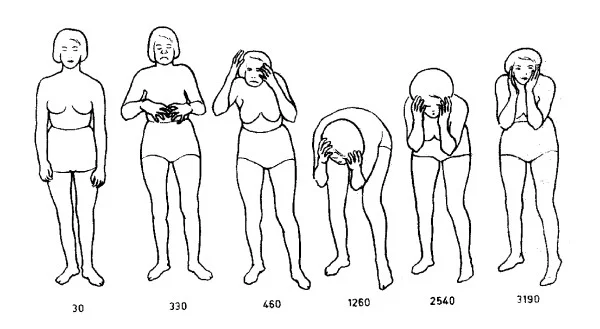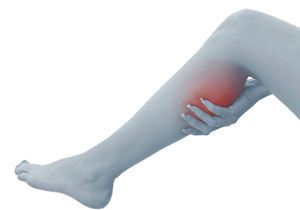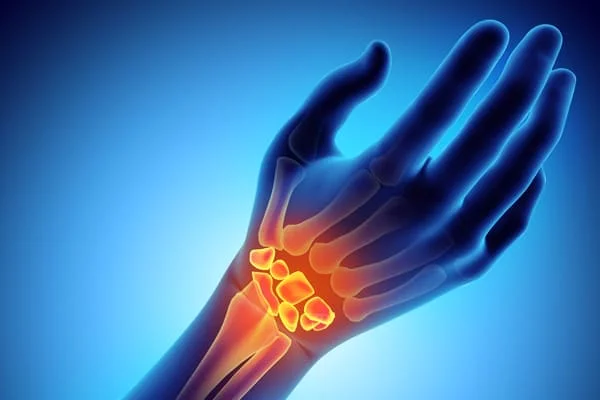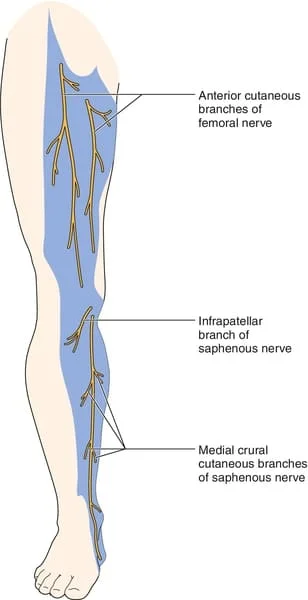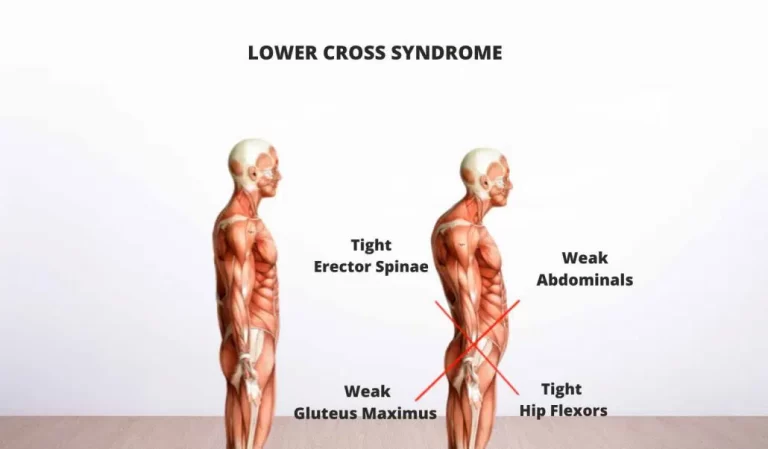Hyperekplexia (startle syndrome)
Table of Contents
Introduction
- Hyperekplexia (startle syndrome) is a very rare neurologic disorder classically characterized by pronounced startle responses to tactile or acoustic stimuli and hypertonia. The hypertonia may be predominantly truncal, attenuated during sleep, and less prominent later a year of age.
- Classic hyperekplexia is caused by genetic mutations in a number of various genes, all of which play an important role in glycine neurotransmission. Glycine is utilized by the central nervous system (CNS) as an inhibitory neurotransmitter. Hyperekplexia is commonly classified as a genetic disease, yet some disorders can mimic the exaggerated startle of hyperekplexia.
- Hereditary hyperekplexia is a condition in which harmed infants have increased muscle tone (hypertonia) and an exaggerated startle reaction to unexpected stimuli, especially loud noises. Following the startle reaction, infants experience a short period in which they are very rigid and unable to move. During these rigid periods, certain infants end breathing, which, if prolonged, can be fatal. Infants with hereditary hyperekplexia have hypertonia at full time, except when they are sleeping.
Signs and symptoms of Hyperekplexia
- The three important signs of hyperekplexia (startle syndrome) are generalized stiffness, excessive startle beginning at birth, and nocturnal myoclonus. There is genetic evidence for the existence of the great form. The link to certain cases of Sudden Infant Death remains controversial.
Frequency
- The perfect prevalence of hereditary hyperekplexia (startle syndrome) is unknown. This condition has been known in more than 150 individuals worldwide.
Genetics
- Hyperekplexia (startle syndrome) is known to be caused by a different of genes, encoding both pre-and postsynaptic proteins. The symptoms displayed, as well as the forms of inheritance, vary based on which gene is harmed.
- GLRA,
- GLRB,
- SLC6A5,
- GPHN,
- ARHGEF9.
Diagnosis
- There are three conditions utilized to diagnose if an infant has hereditary hyperekplexia (startle syndrome): if the child’s body is rigid all over as soon as they are born.
- A combination of an electroencephalogram and an electromyogram may assist diagnose this condition in patients who have not displayed symptoms as children.
- The electroencephalogram will not look for abnormal activity other than a spike in wakefulness or alertness, while the electromyogram will look at rapid muscular responses and hyperreflexia. Otherwise, genetic testing is the definitive diagnosis. MRIs and CT scans will be usual unless other conditions exist.
Other Names for This Condition
- Congenital stiff-man syndrome,
- Congenital stiff-person syndrome,
- Familial hyperekplexia,
- Startle syndrome
- STHE,
- Stiff-baby syndrome.
Treatment of Hyperekplexia
- The most typically effective treatment is clonazepam, which conducts to the increased efficacy of another inhibitory neurotransmitter, GABA. There are anecdotal reports of the utilization of levetiracetam in genetic and acquired hyperekplexia (startle syndrome).
- This is named the Vigevano maneuver and later the doctor who invented it.
Physiotherapy treatment
- Physical and cognitive therapy might assist decrease the fear of falling and enhance walking.
- The Vigevano maneuver, which involves bending the head and legs toward the torso, can be lifesaving. This method may assist to control a baby from rotating blue if they exit breathing due to muscle stiffness associated with hyperekplexia.
How Does Hyperekplexia Progress?
Symptoms of hyperekplexia generally enhance in infancy, yet some fairly mild symptoms may persist via the majority. Likely long-term results of the disease contain:
- Tendency to startle efficiently,
- Low tolerance for crowds or noisy conditions,
- Muscle stiffness,
- Twitching or other motions while asleep,
- Problem walking or susceptibility to falling down.
History
- In 1962 Drs. Kok and Bruyn reported an unidentified hereditary syndrome, that initially began as hypertonia in infants. Genetic analysis within this large Dutch pedigree was after found to carry a mutation within the GLRA1 gene, which was the 1st gene implicated in hyperekplexia (startle syndrome).
FAQs
Hyperekplexia is an infrequent hereditary, neurological disorder that may harm infants as newborns (neonatal) or prior to birth (in utero). It may also harm children and adults. Individuals with this disorder have an uncontrolled startle reaction (eye blinking or body spasms) to sudden unexpected noise, movement, or touch.
Description. Hereditary hyperekplexia is a condition in which affected infants have improved muscle tone (hypertonia) and an exaggerated startle reaction to unexpected stimuli, especially loud noises. Following the startle reaction, infants experience a short period in which they are very rigid and unable to move.
The exaggerated startle reflex (Hyperekplexia) in HPX is possibly caused by brainstem pathology. This is supported by the accumulation of glycine receptors in the brainstem and spinal cord (Rousseau et al., 2008). In addition, symptomatic excessive startling is commonly caused by brainstem damage (Bakker et al., 2006).
The startle reflex is a rapid, protective, reflex response of the muscular system to loud noise or other intensive surprising stimuli. In humans, activation of the muscular orbicularis oculi can be measured by electromyographic recordings about 30–50 ms later a 95–110 dB loud noise was presented.
Clonazepam is the 1st-choice therapy. The stimulus-induced disorders cover a broad range of epileptic and nonepileptic disorders, and distinguishing the 2 can be difficult. Additional information from electroencephalography (EEG) and video registration can assist.
We can change this overactive response by recruiting the social engagement system and its calming effect by simply turning the head slowly from left to right. This assists us to come out of the freeze or “scared stiff” response that so often comes with a sensitive startle response. Give it an attempt.
Through a series of lesion and stimulation studies, it has been decisive that regions of the limbic brain, specifically the central nucleus of the amygdala, potentiate the startle response to clear aversive cues at the level of the nucleus reticularis pontis caudalis.
Startle is always triggered by an unexpectedly highly intensive stimulus and cannot be triggered by the absence of a stimulus. The effects of surprise are in an area compared to those of startle. Physiological responses to surprise involve increased heart rate and blood pressure.
Symptoms in a newborn involve generalized muscle stiffness while awake (hypertonia) and exaggerated startle reflex to unexpected loud noises, visual stimuli, or touch. Following the startle reaction, infants experience a short period in which they are very rigid and unable to move.
Hyperekplexia (startle syndrome) is a rare hereditary, neurological disorder that may harm infants as newborns (neonatal) or prior to birth (in utero). It may also harm children and adults. Individuals with this disease have an excessive startle reaction (eye blinking or body spasms) to immediate unexpected noise, movement, or touch.

